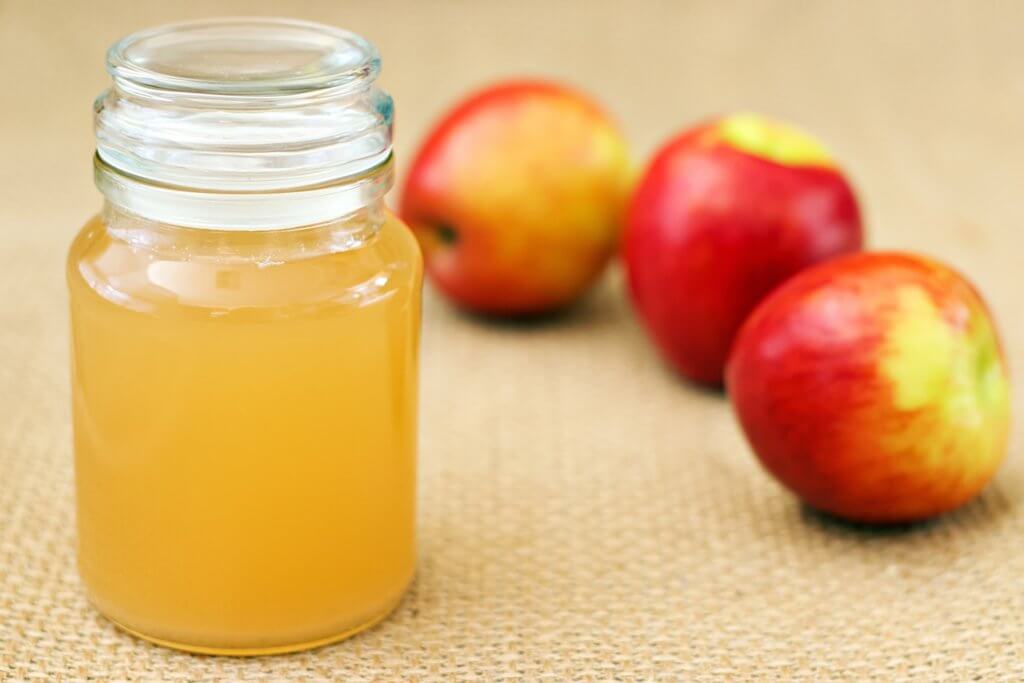8 awesome ideas for less-than-perfect apples
It can be hard to beat the simple pleasure of biting into a crisp apple. But what about the less-than-perfect apples that are on offer at reduced prices? They may...


Save your apple peels and cores to make your own apple cider vinegar. Use it as a salad dressing, a marinade for steak, a health tonic or even to wash your hair.
Don’t lose track while you’re cooking, click on an ingredient or step to tick it off so you know where you are up to.

It can be hard to beat the simple pleasure of biting into a crisp apple. But what about the less-than-perfect apples that are on offer at reduced prices? They may...
Don’t just eat it – compleat it ! How smashing, mashing and hashing your spuds can lead the way in helping New Zealanders reduce food waste and combat climate change....
Making sauerkraut at home is easier than you may think. All you need is cabbage, salt and time to let it ferment. Sauerkraut, essentially just fermented cabbage, is a traditional European...